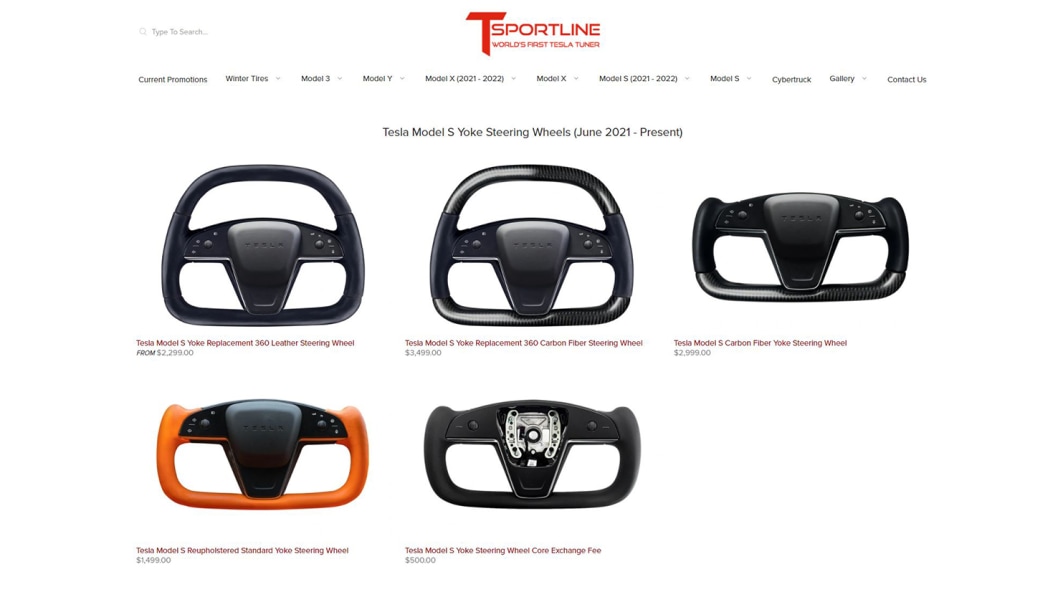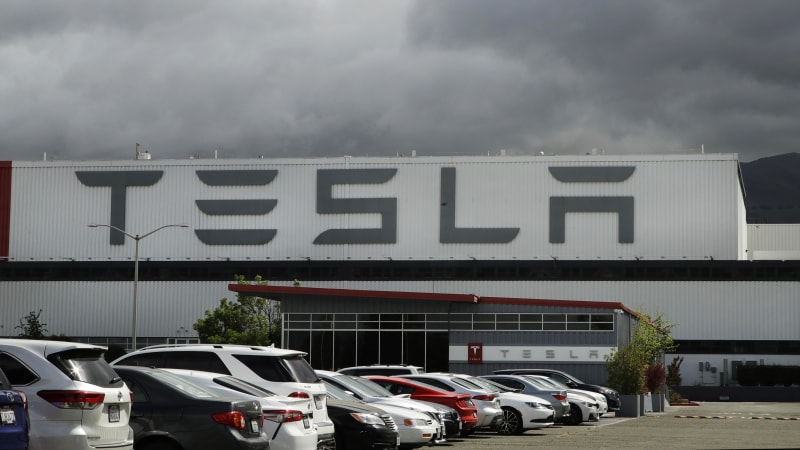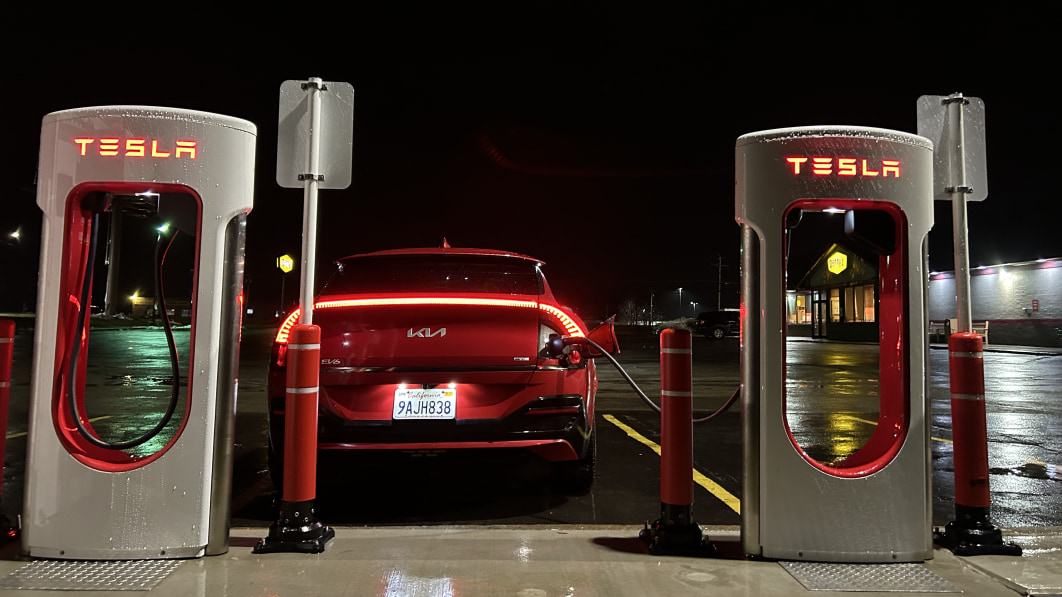NIO is on track to reach its guidance, with 9,199 vehicles registered in the past four weeks.

Insurance registrations for new energy vehicles (NEVs) in China continued to increase last week compared to the previous week, although the performance of major automakers was mixed.
For the week ending March 26, insurance registrations for all passenger vehicles in China were 400,400 units, up 37.64 percent year-on-year and up 29.02 percent from the previous week, according to information shared today by several auto bloggers on Weibo and WeChat groups.
Among them, the number of traditional internal combustion engine vehicles was 272,100, up 43.50 percent year-on-year and up 37.64 percent from the previous week.
Insurance registrations for NEVs were 128,300, up 26.63 percent year-on-year and up 13.89 percent from the previous week. This means that the penetration rate of NEVs was 32 percent last week.
BYD (OTCMKTS: BYDDY) NEVs registered 43,490 units last week, up from 38,414 units the week before. In the first and second weeks of March, BYD's numbers were 38,932 and 37,141 units, respectively.
Tesla (NASDAQ: TSLA) saw 15,886 units for the week, down from 18,712 units the week before. Insurance registrations for Tesla vehicles in China were 13,266 and 17,032 in the first and second weeks of March, respectively.
This means that over the past four weeks, Tesla vehicles have had 64,896 insurance registrations in China.
If Tesla vehicles register the same number of insurance units this week as last week, it may deliver a record number of vehicles in China in March, surpassing the 77,938 units delivered in June 2022.
Tesla has a factory in Shanghai that makes the Model 3 and the Model Y. Its pattern is to produce cars for export in the first half of the quarter and for the local market in the second half.
NIO (NYSE: NIO) vehicles had 1,909 insurance registrations last week, up from 1,775 the week before. The company's insurance registration figures for the first and second weeks of March were 3,345 and 2,170, respectively.
NIO guided earlier this month for first-quarter deliveries of between 31,000 and 33,000 vehicles, meaning that March deliveries are expected to be between 10,337 and 12,337.
NIO is on track to meet its guidance, with 9,199 vehicles registered for insurance in the last four weeks, although the first week of March included the last two days of February.
XPeng (NYSE: XPEV) vehicles had 1,564 insurance registrations last week, up from 1,296 the previous week. The number was 1,421 and 1,635 in the first and second weeks, respectively, for a four-week total of 5,916 vehicles.
XPeng previously guided for first-quarter vehicle deliveries of 18,000 to 19,000 units, meaning March deliveries are expected to be between 6,772 and 7,772 units.
Li Auto (NASDAQ: LI) vehicles saw 5,081 insurance registrations last week, down from 5,438 the week before. It posted figures of 3,222 and 4,243 for the first and second weeks of March, respectively, for a four-week total of 17,984 vehicles.
Li Auto guided for first-quarter deliveries of 52,000 to 55,000 vehicles, implying a year-on-year increase of 64.0 percent to 73.4 percent.
Li Auto's guidance of 52,000 to 55,000 vehicles for the first quarter implies March deliveries are expected to be 20,239 to -23,239 vehicles.
Neta had 2,934 insurance registrations last week, and its numbers for the first three weeks of March were 4,109, 988, and 515, respectively.
Zeekr was at 1,214 units last week, and that figure was 1,814, 1,043, and 913 units in the first three weeks.
China NEV insurance registrations for week ending Mar 19: BYD 38,414, Tesla 18,712, NIO 1,775
Weekly NEV insurance registrations in China in 2023
| Wk | BYD | Tesla | NIO | XPeng | Li Auto | BMW | Zeekr | Neta | Leapmotor | NEV | All |
|---|---|---|---|---|---|---|---|---|---|---|---|
| 03/20-03/26 | 43,490 | 15,886 | 1,909 | 1,564 | 5,081 | 1,214 | 2,934 | 128,300 | 400,400 | ||
| 03/13-03/19 | 38,414 | 18,712 | 1,775 | 1,296 | 5,438 | 1,847 | 913 | 515 | 689 | 112,650 | 310,341 |
| 03/06-03/12 | 37,141 | 17,032 | 2,170 | 1,635 | 4,243 | 1,486 | 1,043 | 988 | 522 | 107,767 | 308,726 |
| 02/27-03/05 | 38,932 | 13,266 | 3,345 | 1,421 | 3,222 | 1,663 | 1,814 | 4,109 | 515 | 116,238 | 345,340 |
| 02/20-02/26 | 39,473 | 10,705 | 3,357 | 1,685 | 5,387 | 1,792 | 1,855 | 2,152 | 401 | 111,983 | 331,238 |
| 02/13-02/19 | 37,026 | 5,913 | 3,174 | 1,463 | 4,238 | 2,271 | 1,443 | 1,038 | 329 | 100,408 | 303,101 |
| 02/06-02/12 | 31,417 | 6,963 | 3,045 | 1,396 | 4,062 | 682 | 547 | 1,170 | NA | 85,572 | 280,741 |
| 01/30-02/05 | 24,280 | 8,643 | 1,948 | 975 | 2,240 | 593 | 554 | 3,964 | 114 | 69,692 | 267,843 |
| 01/23-01/29 | 5,280 | 3,356 | 427 | 210 | 990 | NA | 89 | NA | NA | 17,945 | 92,600 |
| 01/16-01/22 | 24,708 | 7,496 | 3,008 | 1,068 | 4,903 | NA | 657 | NA | NA | 67,500 | 330,400 |
| 01/09-01/15 | 40,420 | 12,654 | 2,963 | 1,817 | 4,527 | 2,687 | 1,359 | 420 | 237 | 99,041 | 438,000 |
| 01/02-01/08 | 35,924 | 2,110 | 2,818 | 1,551 | 3,704 | 2,103 | 1,511 | 238 | 80 | 77,000 | 290,000 |
The post China NEV insurance registrations for week ending Mar 26: BYD 43,490, Tesla 15,886, NIO 1,909 appeared first on CnEVPost.
For more articles, please visit CnEVPost.












